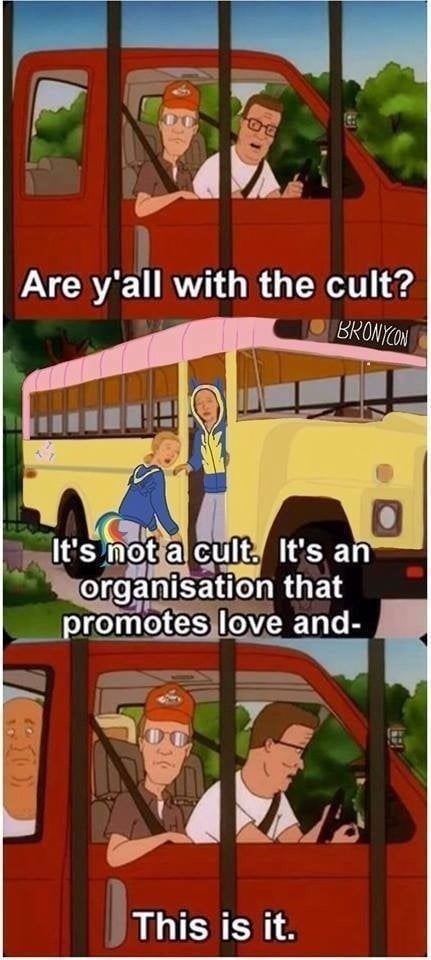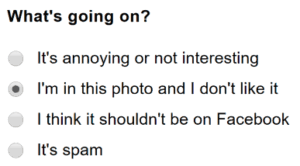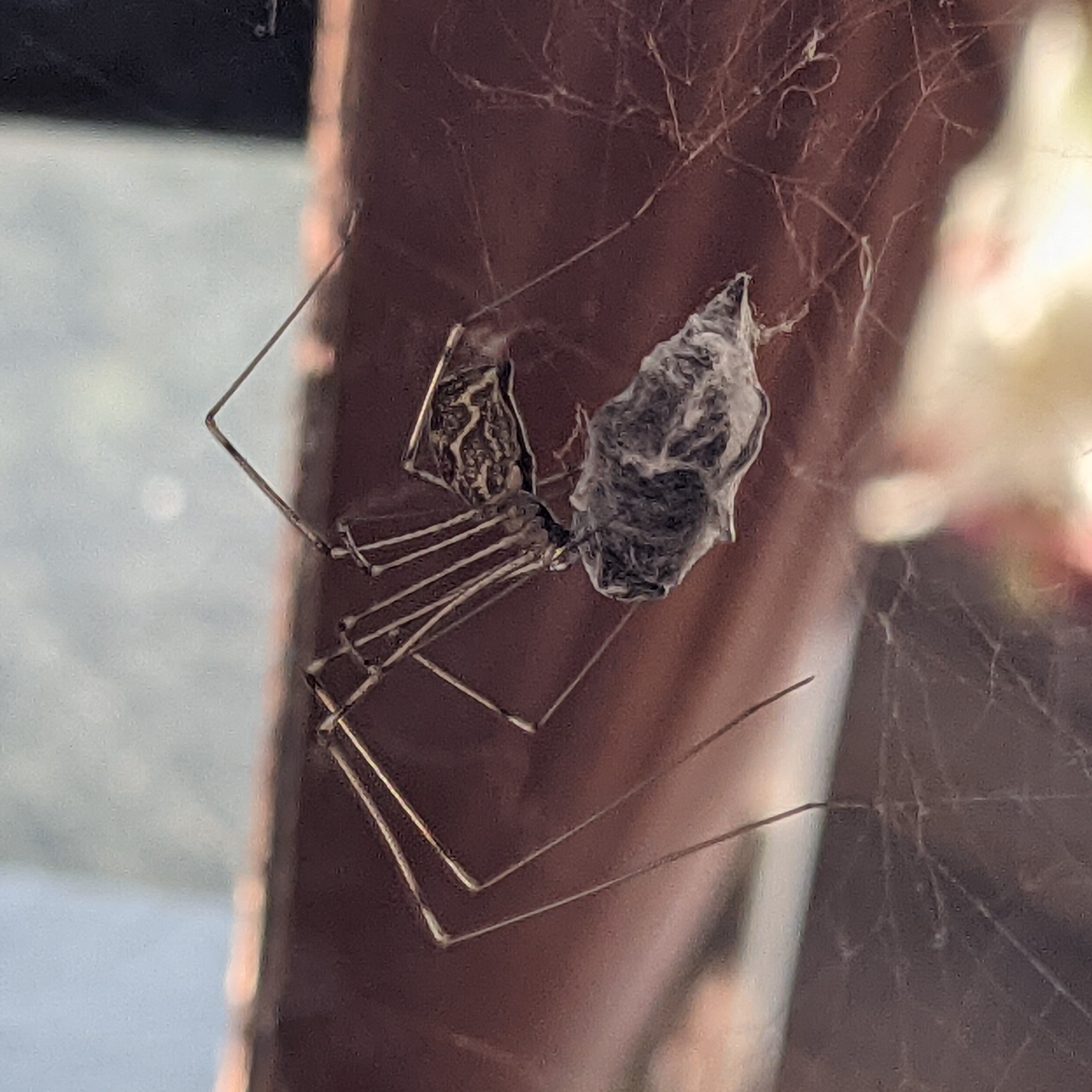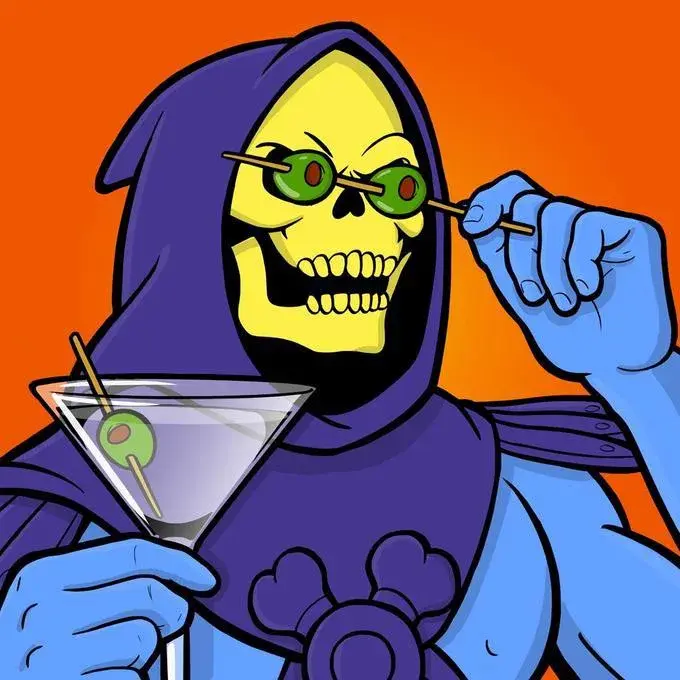Learning what fire actually is, like what the flames are literally made of, blew my freaking mind years ago.
Fire is literally just gas (and fine solid particulates suspended therein) that contains so much thermal energy that its black body radiosity has reached into the visual spectrum.
There are some types of flames that are NOT bright enough to be visible under ambient lighting conditions and can only be seen in environments that are very dark!
Pure ethanol, for instance, combusts dark enough that you can’t see the flames in daylight conditions, or even under strong artificial lighting.
Methanol fires in racing are scary. No flame, no smoke, just burning you.
I had an RC car as a kid with a small combustion engine that used methanol. When I and my friend realised that methanol burns without a flame we got so excited. It brought a new dimension to our army men shenanigans. That and discovering home made napalm.
Oh man, the homemade napalm comment really hits home for me. How did you use to make it? My friend always said that it was by melting polystyrene foam in petrol (no heat needed, it simply melts on contact).
Yeah we used styrofoam and melted it into this weird goo that sticks everywhere. Was dope.
New fear aquired
I saw that in a documentary recently. Absolutely terrifying.
Here is an alternative Piped link(s): https://piped.video/JribVbv6CV4
Piped is a privacy-respecting open-source alternative frontend to YouTube.
I’m open-source, check me out at GitHub.
that its black body radiosity has reached into the visual spectrum
Ehm wut.
It gets so hot that it glows. Like how a filament in an incandescent light bulb glows when enough electricity is put through it.
Thanks for ELI5
Hot, like how Keke Palmer expresses thermal energy.
I’ve heard propane is a clean burning gas, I tell you hwat.
“That boy ain’t right!”
/)
(\

For the love of all that is holy stop cropping out the artist’s watermarks
it is literally more effort to crop out the watermark
It isnt cropped out is it? There’s still some on there at least.
I don’t understand why some people do it, it’s just such an insanely shitty thing to do that doesn’t seem like it’d have any benefit whatsoever (not saying it was the OP, these tend to float around the internet.)

Wikipedia rabbit holes at 3 am 🔥
Me up until 3am, thinking I should go to bed
1:30h documentary on roman concrete later, I’m still thinking I should go to bed
As a physicist, I find I get less confident in my ability to answer questions like this each day.
Probably doesn’t help that every consecutive year of physics education is like “anyway everything we taught you last year is a simplification that’s technically wrong. Here’s how it really works now that you know enough math to understand the next level”
This is exactly why I never finished my Bachelors in Theoretical Physics. “Waste of time,” I says. In two years it’ll all be proven wrong anyway
- Me with the Technology Connections and Legal Eagle YouTube channels lately.
Why did I just spend an hour learning how they recorded audio on VHS?
Technology Connections is the shit! The episode on hurricane lanterns is great and has a stupid joke in there that comes so far out of left field it killed me: https://youtu.be/tURHTuKHBZs
Here is an alternative Piped link(s): https://piped.video/tURHTuKHBZs
Piped is a privacy-respecting open-source alternative frontend to YouTube.
I’m open-source, check me out at GitHub.
Is that the one where he says
spoiler text
Dietz nuts
with a straight face?
Ha, I too had important research to do last night
We’re not talking about that kind of research ( ͡° ͜ʖ ͡°)
To be fair, it is important to know what is fire.
*fire is the rapid oxidization of fuel resulting in heat and light.
Eli5. What is fire?
Fire is a sustained chemical reaction where carbon-based molecules are broken up and combine with oxygen, releasing carbon dioxide, sometimes methane, and heat (and thus light), which primes the remaining carbon-based molecules for continued chemical reactions with oxygen.
Financial Independence Retire Early
Can there be fire without carbon and oxygen? Does the sun burn carbon and oxygen?
Fire just needs and oxidizer, and their are other elements that can take it’s place if their is no oxygen. (I believe bromine and iodine but I’m not sure about that.)
The sun actually isn’t made of “fire.” It’s made primarily if hydrogen and some helium. It “burns” because the immense gravity of all of that matters crushes the hydrogen atoms together, fusing them into more helium. This fusion releases a LOT of energy. For reference of how much hydrogen the sun burns, it burns around 600 MILLION tons of it each second. That’s 600 million tons of the lightest element there is.
The sun is made of plasma, and its energy is predominantly from hydrogen fusing into helium. Plasma is what happens when atoms are so energetic that their electrons get stripped from themselves and are bouncing around in a sea of atomic nuclei and other electrons, which does a lot of things with electromagnetism. All that plasma moving around at crazy speeds and low density is what causes a sort of electromagnetic convection in addition to the normal heat-based kind, which is how you get sunspots and solar flares.
As far as fire without carbon, any metal that can oxidize can burn, because it’s the reaction with oxygen that releases heat. The issue there is that it’s usually not self-sustaining because most of the oxidized metal stays on the surface, so there’s no more metal exposed to oxygen. You can get around this by increasing the surface area of the metal, maybe by having it in dust form (so if you had fine enough iron dust, for instance, you could burn it into rust without needing carbon, and that would very much be the image of fire). You also don’t need oxygen in molecular form (i.e. O2), it can be part of other metals (like iron oxide, rust), and that will burn with other metals so long as the chemical reaction is self-sustaining (famously, like the thermite, which is rust powder and aluminum powder mixed together at high enough temperatures). These fires aren’t “normal” but I think they count.
As far as fire without oxygen at all, while not “normal” and I don’t think that counts under strict definitions, there are exothermic (heat-producing) reduction-oxidation reactions that are very close, like when hydrogen gas and fluorine gas combine to make hydrofluoric acid, and those might be close enough that they can look like fire in the right environment (which, again, those environments would be far from normal).
Financial Independence Retire Early
We only research the important things at night
A few minutes past 3, so he did indeed stay up long.
Here’s something I find interesting.
Firstly, the definition from Wikipedia: Fire is the rapid oxidation of a material (the fuel) in the exothermic chemical process of combustion, releasing heat, light, and various reaction products.
For all you bad cooks out there, the reason you can’t burn water when you’re cooking is because water is already fully oxidized. Water is also often one of those reaction products the definition talks about.
I other words, you can’t burn water because it’s already burnt.
Also, in order to have fire you need heat, and water is wonderful at absolving and dissipating heat.



















